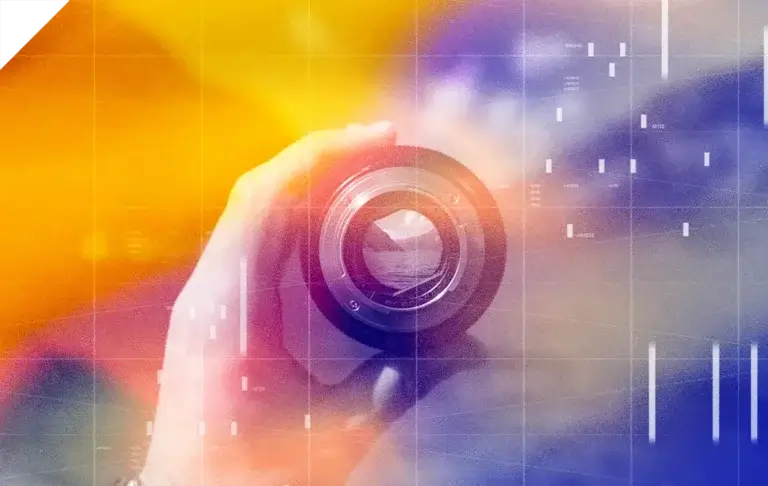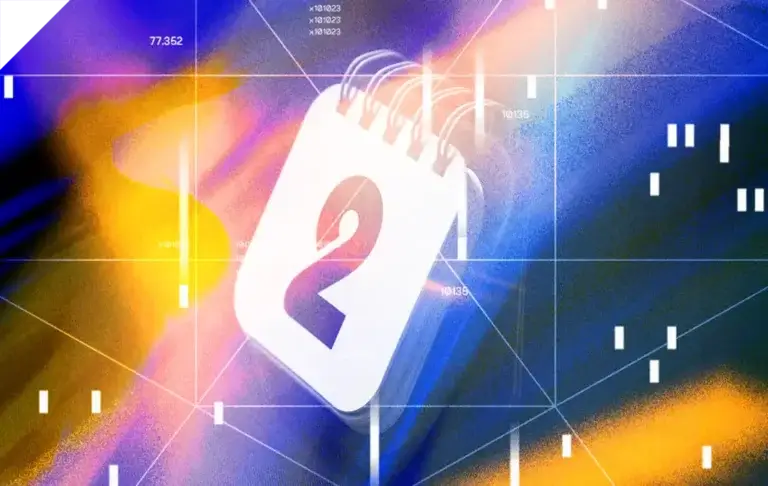Have you ever noticed how music and design are like long-lost siblings? They’ve been vibing off each other for ages. Picture this: a designer working late into the night, headphones on, lost in a world where beats and brush strokes dance together. Music isn’t just a background track; it’s a muse, a spark that lights up the creative mind. And it’s not a new thing – this beautiful friendship goes way back.
But let’s get a bit scientific here. At its core, music is a symphony of sound waves, vibrations that travel through air and reach us as sounds. The pitch of these sounds, high or low, is all about the frequency of these waves. And this isn’t just about tunes and melodies; these frequencies have a real impact on us, influencing everything from our emotions to our creative spark.
Both music and design do this cool thing where they don’t just share ideas; they share feelings. They’re like these universal languages that speak straight to the soul. And if you’re in the design game, tuning into this rhythm can totally transform your work. It’s like adding a secret ingredient to your creative recipe.
In this piece, we’re going to dive into the epic tale of music and design. It’s a story of inspiration, emotion, and shared journeys. Plus, we’ll throw in some tips on how you can let music be your co-pilot. Trust me, it’s a game-changer for keeping your work fresh and connected.
Inspiration: Drawing from the Past and Present
Music and design share a historic link, with each influencing the other throughout the years. Both music and design simultaneously reflect and shape society and culture, which is evident in how many design movements have been inspired by their concurring musical genres. For example, art nouveau was influenced by Wagner’s operas, art deco by jazz, and psychedelic art by 70s rock.
Conversely, many musicians have used design elements to create their visual identity and brand. For example, David Bowie’s Ziggy Stardust persona was influenced by Japanese Kabuki theater, Lana Del Rey by early and mid-20th century artists like Norman Rockwell, and Madonna by modern artists like Keith Haring.
So, why is it that we see music and art referencing each other constantly? As Steve Jobs once said, “Creativity is just connecting things. When you ask creative people how they did something, they feel a little guilty because they didn’t really do it, they just saw something.” There’s somewhat of an understanding in the design world that artists don’t create completely new creations, but rather make their own renditions on things they’ve been inspired by.
In terms of music, Jobs also said, “Music has been an important aspect of design for a very long time. Creativity, being one of the critical parts of design, also gets affected by music that a creative person listens to.” Here, Jobs points out that designers are not only inspired by the moods and images evoked from songs, but that actually listening to music can subconsciously and consciously affect what they make.
With the history of music and design’s intricate relationship in mind, how can we use music to our advantage when designing for a brand? Let’s dive in.
Designing to the Beat: Crafting the Perfect Atmosphere
Think about it: music is like your personal mood-setter. It’s got this power to paint the air around you with different vibes. You know how some tunes get your toes tapping and fill you with a burst of energy? That’s upbeat music turning the space around you into a party zone. And then there’s the kind of music that’s like a warm, soothing blanket, perfect for those chill-out moments.
As a designer, the music you jam to while creating can be a game-changer. It’s like picking the right tool for the job. Need to whip up something vibrant and full of life? Crank up some lively tracks and let that energy flow into your design. Working on something more thoughtful? Slow, reflective melodies can be your best buddy, guiding your mind and hand.
Here’s a cool example: Imagine a designer working on a kids’ project. They might put on some happy, peppy tunes to get in the right headspace for creating something fun and optimistic. Or, if they’re crafting a suspenseful movie poster, dramatic, intense music can set the scene just right. It’s like matching your playlist to your paint palette.
Take Keith Haring, the American Pop artist. He rocked out to hip-hop tunes while creating his iconic, vibrant art. The beats and rhythm of groups like Run DMC clearly echoed in his bold, lively designs. And then there’s Matisse, with his brush strokes flowing like the classical music he loved.
So, why not curate your own design soundtrack? Pick tunes that echo the art style you’re aiming for. Think about how artists create whole worlds with their music and visuals, and let that guide your creative journey. Experiment with different genres and see how they shape your work. Who knows, the right song might just be the key to your next masterpiece!
Tempo: The Rhythm of Design
The tempo of the music you listen to while designing also has an impact on your creations. Tempo is the speed or pace of music, and it is measured in beats per minute (BPM). Tempo can vary from very slow (largo) to very fast (presto). Tempo also affects the mood, energy, and intensity of music. For instance, slow tempo music can create a calm and serene mood, while fast tempo music can create an exciting and dynamic mood.
Tempo can also be found in design. Design elements themselves have a rhythm or flow to them. Things like contrast, repetition, alignment, balance, and movement can form a tempo in art. This tempo affects how the design is communicated and received. For example, a design with a slow tempo likely looks simple and elegant, while a design with fast tempo may have a more complex and vibrant effect.
As a designer, you can listen to music with a certain tempo to help inform your work. Fast songs can inspire you to incorporate urgency and boldness, while slow-tempo songs may help with introspection and exploration, encouraging patience, depth, and attention to detail.
Lastly, you’ll also want to make sure that the tempo of your music doesn’t interfere with your design process, such as by making you feel rushed or anxious.
Tuning In: Cranking Up Your Focus with Tunes
Research shows that listening to music can increase focus and productivity. Ever noticed how the right tune can turn your focus dial all the way up? It’s like magic. There’s this thing called the Mozart Effect – a fancy term that suggests jamming to Mozart might just give your brain a temporary IQ boost. Now, whether Beethoven or Beyoncé does the trick, it really depends on you. Music’s personal like that.
There’s a bit of a debate in the creative world: instrumental vs. lyrical. Team Instrumental argues that lyrics can crash the party in your brain, messing with your thoughts. On the flip side, instrumental music – think Mozart or some chill lo-fi beats – lets your thoughts do their own dance. That’s why you’ll find many designers with classical playlists, fueling their latest projects.
But hey, don’t count out the lyric lovers. Some folks need a blast of lyrical, upbeat, or even loud music to kickstart their creativity. It’s like their muse lives in the lyrics and the beat. So, if rocking out to some heavy tunes is what gets your creative juices flowing, then turn it up!
Then there are the ambient sound aficionados. We’re talking nature vibes, café murmurs, that sort of thing. It’s about finding that sweet spot of background noise that clears your mind and keeps distractions at bay.
The key? Experiment. Play around with different sounds and find your perfect creative backdrop. Whether it’s Bach or the buzz of a busy street, the right soundtrack can elevate your design game to a whole new level.
Wrapping It Up: The Symphony of Design and Music
At Myosin, we understand the intimate connection between music and design. It’s a relationship that’s been shaping creativity for centuries. In our design studio, music is central to the creative process. It’s not just background noise; it’s a source of inspiration and energy.
At Myosin, our music tastes are as diverse as our people and design projects. A recent share of our Spotify Wrapped lists revealed a rich tapestry of genres, each playlist as distinct and vibrant as the designs we produce. This mix of different music styles really shows up in the unique and dynamic work we create.
How does music influence your design work?





